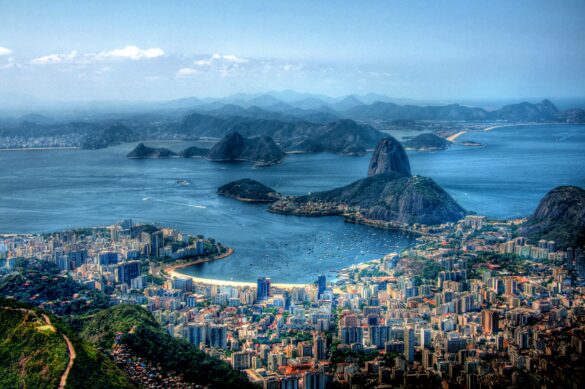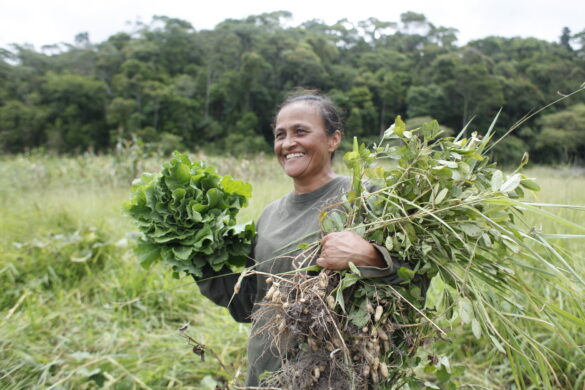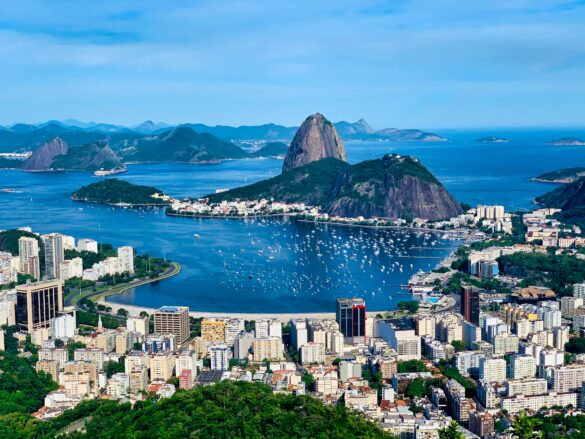In the next decade, Rio de Janeiro is embarking on a transformative journey to become a blue metropolis, emphasizing water safety, climate resilience, and overall development.
Background
Water is at the center of Rio de Janeiro State’s economic development. However, the challenges are manifold, particularly in the iconic Guanabara Bay, which, over two decades, has sadly become unfit for swimming, impacting the lives of 13 million residents.
To navigate these challenges, Rio de Janeiro aims to become a « Blue Metropolis » within the next 10 years, intertwining social and economic inclusion, green initiatives, and essential infrastructure development.
Blue Economy Approach
Central to this narrative are the Water 2030 initiative as well as the Water Security and Safety State Plan to 2043. With these policies, the State aims to elevate sanitation coverage from 45% in 2021 to an impressive 90% by 2033.
Other water-centric commitments for the management of the blue economy encompasses blue bioeconomy, water-based renewable energy, and a strategic coastal management and recovery plan.
Another key milestone on this journey is the upcoming launch of Latin America’s first blue tech hub, positioned as an open innovation platform to catalyze global collaboration and bring new solutions to Rio de Janeiro
Nature-Based Solutions
Nature-based solutions, such as the restoration of the vital Atlantic Forest, are integral to this strategy. With plans to recover 441 thousand hectares of Mata Atlantica Forest by 2050, Rio is pioneering innovative tools, including a public-private sector partnership framework utilizing Nasdaq technology. This forward-thinking approach is vital not just for environmental conservation but also for ensuring a sustainable and resilient future for Rio’s growing population.
The Way Forward
Rio de Janeiro’s journey toward a blue metropolis showcases a resolute commitment to water-centric development and resilience. With a focused strategy on water security, nature-based solutions, and a dynamic blue economy, Rio emerges as a beacon of innovation. As the State pioneers this blue revolution, it offers practical insights for regions worldwide on the path to a resilient and water-conscious future.
Watch our #RegionsVoice video and discover more about Rio de Janeiro’s story:





